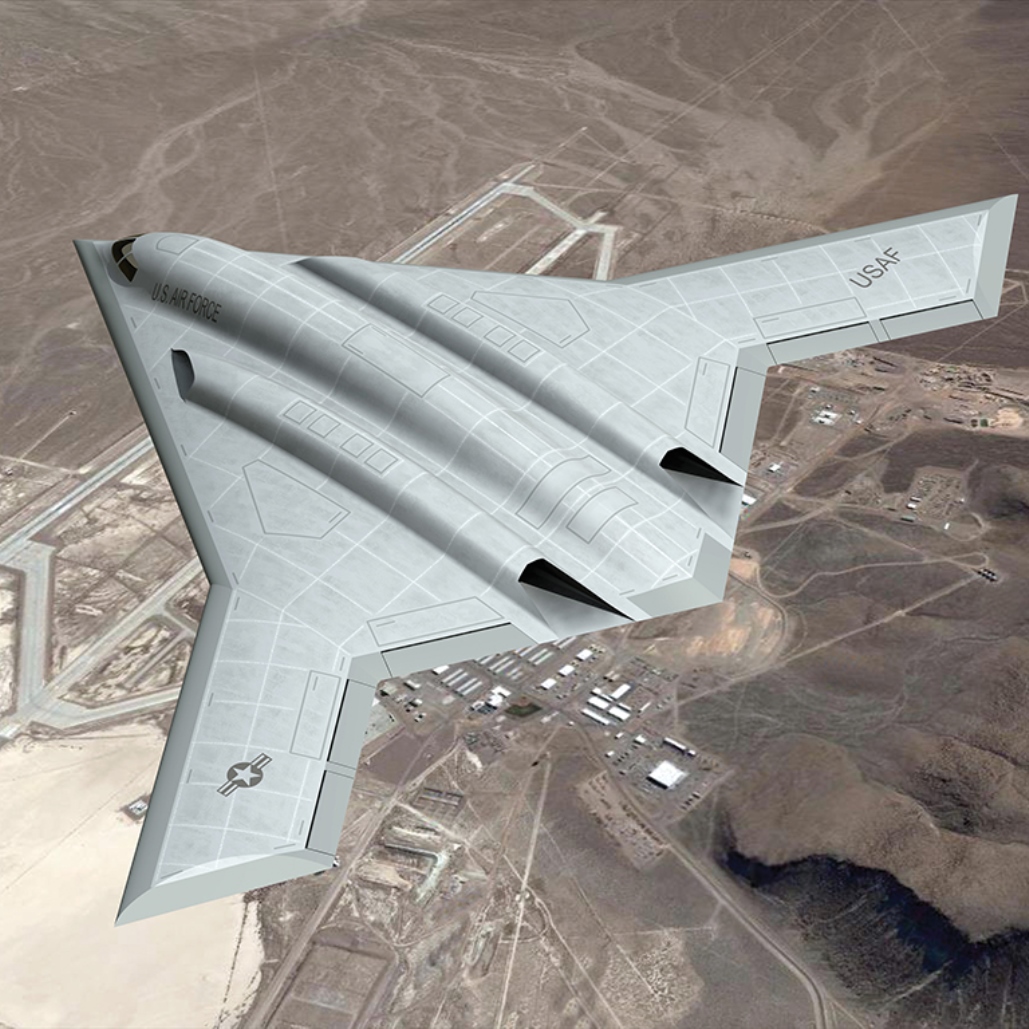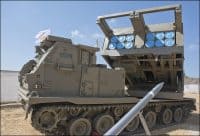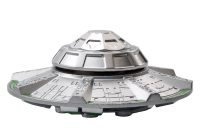
When President Obama revealed his $4.1 trillion fiscal year 2017 budget on Tuesday, the defense portion of the spending request totaled $619 billion, up less than 1% compared with the 2016 allocation. The defense budget represents the second-largest spending total in the 2017 budget, trailing the $976 billion proposed for Social Security and just ahead of third-place finisher Medicare, with a proposed budget of $605 billion.
One item in the defense budget generated something of a stir following the budget announcement. The U.S. Air Force reduced its cost estimate for the fiscal year Long Range Strike-Bomber (LRSB) from its $12.6 billion level in the 2016 budget to $9.1 billion for the four-year period through fiscal year 2020.
The LRSB contract was awarded to Northrop Grumman Corp. (NYSE: NOC) in October and is valued at around $80 billion over the life of the aircraft. The first portion of that — $12.6 billion until Tuesday — was directed at research, development, technology and evaluation. Budget watchers wanted to know what the Air Force was doing cutting the budget on the new bomber so soon.
As it turns out, the Air Force and Northrop had sharpened their pencils. According to a report at Defense News, an Air Force spokesperson said:
All that’s happened is we’ve had a new service cost estimate because we had a competition, we’ve downselected, we have a winner — we know that winner’s business strategy, their technology strategy. So that’s purely an update to a cost estimate that caused that delta — the program content is the same.
That’s fine, but the contract award was protested by the losing team of Boeing Co. (NYSE: BA) and Lockheed Martin Corp. (NYSE: LMT). If the protest is allowed, the Air Force may have to go back to the drawing board. A decision on the protest is due next week from the Government Accountability Office.
Get Ready To Retire (Sponsored)
Start by taking a quick retirement quiz from SmartAsset that will match you with up to 3 financial advisors that serve your area and beyond in 5 minutes, or less.
Each advisor has been vetted by SmartAsset and is held to a fiduciary standard to act in your best interests.
Here’s how it works:
1. Answer SmartAsset advisor match quiz
2. Review your pre-screened matches at your leisure. Check out the advisors’ profiles.
3. Speak with advisors at no cost to you. Have an introductory call on the phone or introduction in person and choose whom to work with in the future
Thank you for reading! Have some feedback for us?
Contact the 24/7 Wall St. editorial team.




